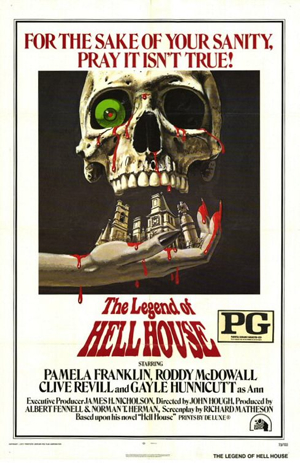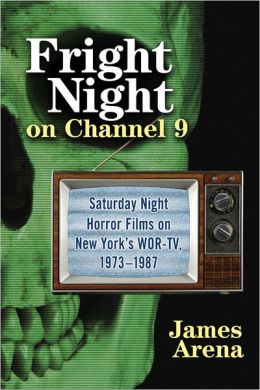While watching Lifeforce, I couldn’t help thinking about how many possibilities were squandered, not to mention the talent involved. Director Tobe Hooper is responsible for classics like The Texas Chainsaw Massacre and its sequel (both of which I loved in different ways), Poltergeist, and the often chilling made for TV adaptation of Stephen King’s ‘Salem’s Lot. Co-writer Dan O’Bannon was one of the scribes on 1979’s Alien and wrote and directed the 1985 horror classic Return of the Living Dead. Add special effects by John Dykstra and music by Henry Mancini to that combo and it should have been the recipe for a sci-fi/horror classic.
So why did Lifeforce go so horribly wrong in so many ways?
As the film opens, a joint expedition of British and American astronauts aboard the space shuttle Churchill discovers an alien vessel hiding within Halley’s Comet. When a small group led by Colonel Carlsen (Steve Railsback) enters the ship, they find bat-like creatures drained of all bodily fluids as well as three perfectly preserved naked humanoid bodies in suspended animation. The crew remove one of the creatures and the three bodies and take them back to the ship before returning to Earth.
Mission control loses contact with the ship, sends another to investigate, and are shocked to discover a lifeless crew presumably killed by a fire that raged throughout the Churchill. However, the three bodies (one female, two male) are found intact and taken to a space research center in London. The female (Mathilda May) awakens and siphons the “lifeforce” out of a guard as well as some energy from one of the doctors before escaping into the city where she proceeds to leave bodies in her wake. Anyone who has had their “lifeforce” drained becomes a dried husk that eventually reanimates and, in turn, attempts to feed to infuse new life into themselves, much as a legendary vampire would. If they fail, they explode into dust.
Colonel Carlsen is found alive in an escape pod and teams up with SAS Colonel Caine (Peter Firth) to destroy the vampire like creatures before they decimate all of London and then the rest of the world.
And this is where the tale begins to break down. Suddenly the female vampire can shape-shift, the victims act more like zombies than vampires and all logic pretty much goes out the window. Carlsen shares a psychic bond with the female vampire (because, hey, that works when the actual plot runs into a jam) and the “lifeforce” of humans become souls that are harvested to the ship.
Lifeforce begins well enough with some really sharp special effects that look gorgeous in high definition (I happened to catch it on the MGMHD network where, in the past few months, I’ve found more than a few gems from the studio’s huge library), but degenerates into a near convoluted mess as it progresses. The film lacks an identity because it tries to involve too many elements from different genres. While it should be a pretty straightforward sci-fi/horror flick, Lifeforce adds dashes of action, romance and a bit of metaphysics and religion into the mix.
Can all of that work? Certainly, if done correctly. I’d even go so far as to recommend remaking this movie with a modern view. However, Lifeforce in its 1985 incarnation is akin to one of those large pizza chains who try to churn out one gimmicky pizza after another to keep people interested instead of just trying to make a damned good, simple pie.
Lifeforce grade: D+









